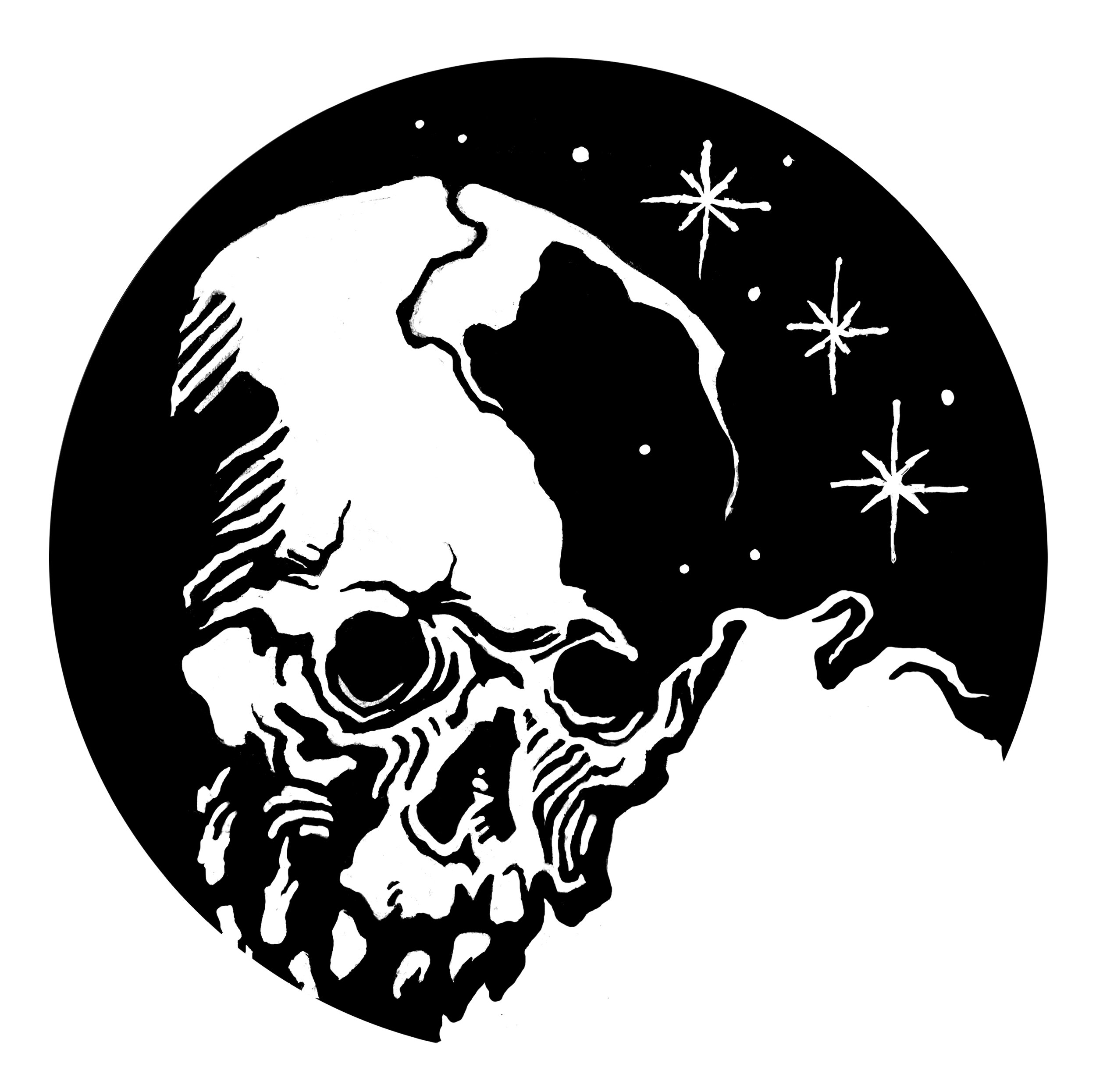MIMISBRUNNR.INFO & hyldyr
INVITE YOU TO
ÁR
VAR
ALDA
Defunct monthly reading circle
in olympia, wa & portland, or
PLEASE NOTE:
As of 2025, ÁVA has ceased to meet, replaced by Hyldyr events in both the USA and Europe.
* * *
Ár Var Alda (ÁVA) was a reading circle that met every month in Olympia, WA and Portland, OR. This is an archival page discussing the history of the reading circle and its connection to both Mimisbrunnr.info and Hyldyr.
Recommended editions
ÁVA provided all necessary materials. However, for those who liked to bring their own editions, we recommend the following:
Poetic Edda:
Prose Edda:
Introductory and overview texts
For more, see Mimisbrunnr.info’s Getting Started with Norse Mythology.
"Ár Var Alda"?
Ár Var Alda is a phrase found early in the Old Norse poem Vǫluspá (recorded in the 13th century). In modern English, the phrase may be roughly translated to 'in days of yore' or even 'once upon a time'. As the phrase has cognates (words that are 'born from the same mother') in a few other ancient Germanic texts, it appears to have played a role in an early Germanic cosmological formula.
In Vǫluspá, an undead vǫlva (a pagan North Germanic seeress) tells the wisdom-seeking god Odin what has been and what will be, including the primordial dissection of the enormous being Ymir, the endless reach of the cosmic tree Yggdrasil, and the creation of mankind from wood by three gods—all topics discussed in past and future ÁVA sessions.
“ancient Germanic studies”?
Ancient Germanic studies, sometimes called Germanic philology, is an interdisciplinary field frequently featuring a combination of historical linguistics, folklore studies, and histories of religious focused on the history of the early speakers of Germanic languages, including Old Norse (ancestral to modern languages like Danish, Norwegian, Swedish, and Icelandic), Old English (ancestral to modern English), and a variety of other closely related languages, like Old High German, Gothic, and others.
While aimed at a general audience, the reading circle retained its original focus on exploring the historic record applying an interdisciplinary lens. For those interested in topics like historical linguistics and folklore studies, ÁVA was a good place to start.
Ymir logo
ÁVA’s logo depicts the dissection of Ymir, an ancient entity mentioned in Old Norse sources. For example, from the Old Norse poem Vafþrúðnismál:
from Ymir’s flesh was FORMED THE EARTH;
out of bones, the hills;
the hoarfrost jötun’s skull, the heavens;
and from ymir’s blood, the sea.
(trans.: hopkins, 2018)
The image consists of three elements: a skull, three large stars, and nine smaller points of light. The skull represents that of Ymir, which the gods formed into the heavens. Representing the three deities who dissected Ymir (the three brothers Odin, Vili, and Vé). Like three, the number nine occurs frequently in Norse mythology (three thrice). Like Mimisbrunnr.info’s original logo, Estel·la Juvanteny rendered ÁVA’s Ymir logo.
Image I: ÁVA I flyer at the University of Georgia, 2015. (Hopkins)
ÁVA I: 2012-2015
The first incarnation of ÁVA (then Ár Var Alda: The Ancient Germanic Studies Society at UGA) met from January 2012 until June 2015. ÁVA gathered the second week of every month, generally in Joseph "Joe" E. Brown Hall on the University of Georgia campus but also in various cafes and bars throughout the Athens, Georgia area. While primarily aimed at students, ÁVA welcomed all. The group held all meetings in English and provided all necessary materials.
Joseph S. Hopkins and Geoffrey Adams, at the time both students at UGA, founded ÁVA. The group was sponsored by Alex Sager, then-Associate Professor of German at the Department of Germanic Slavic Studies at the University of Georgia. You can read an interview with Sager as part of Mimisbrunnr.info's Six Questions feature here.
In use from 2012 to 2015, ÁVA's original logo displayed something of a brief history of the English language. The logo consisted of the initials ÁVA from three different periods. Á appears represented with the Elder Futhark rune *ansuz meaning '(a) god' occurring during the Proto-Germanic period, V appears represented with the Old English and Middle English character wynn (descendant of Elder Futhark *wunjo), and the final A appears as we'd see it today.
Image II: ÁVA II flyer featuring a photo of the Olympic Mountains from Hurricane Ridge, 2019. (Hopkins)
ÁVA II: 2019-2020
The second incarnation of ÁVA, ÁVA II, began in Ballard, a historically Scandinavian neighborhood of Seattle, near the National Nordic Museum. ÁVA II met at Skål Beer Hall, a Viking Age-themed bar. This incarnation of ÁVA ceased operation at the onset of the Covid-19 pandemic.
ÁVA III: 2023-2025
ÁVA’s third incarnation, ÁVA III revived in Olympia, Washington, a part of the greater Seattle area and the southernmost region of the Puget Sound, and in Portland, Oregon. This incarnation was sponsored by the publishing house Hyldyr.
Image III: ÁVA's original logo at the University of Georgia (2012—2015)

